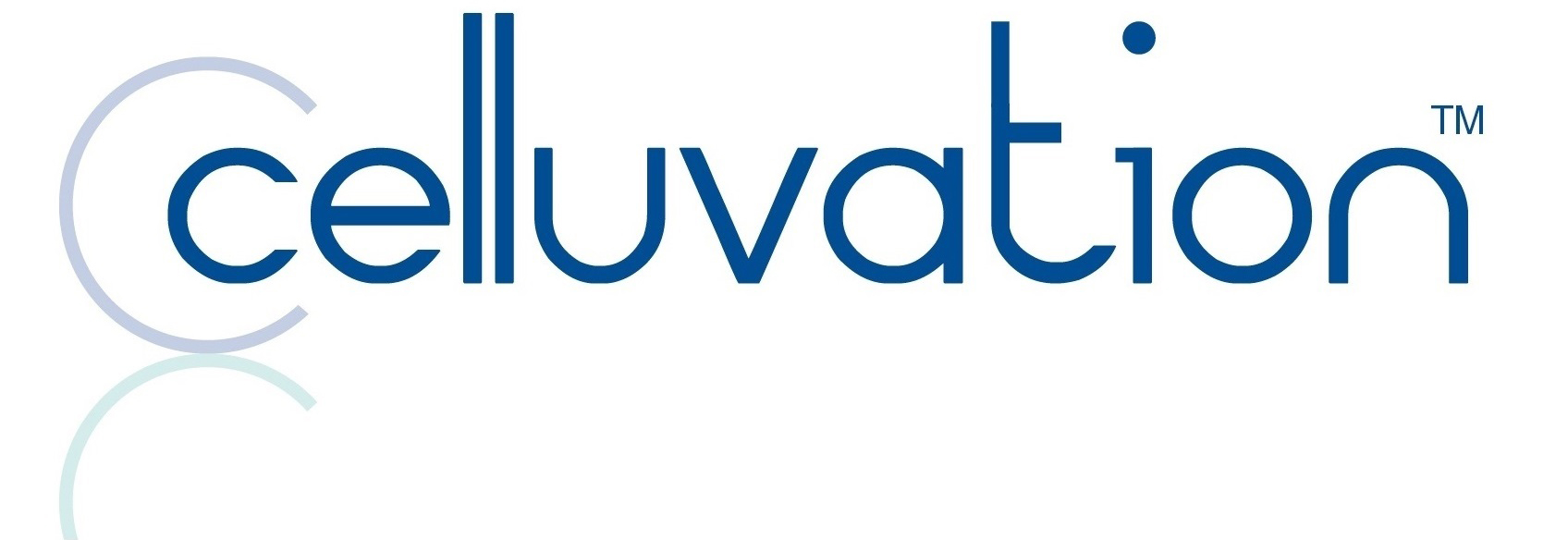

Jos Daniel
Kodak to Hollywood
The Kodak Center was working hand-in-glove with the new animation and design studios of Hollywood, where CGI was playing an increasingly essential role in everything from animated feature films to special effects. Jos knew that he had to be part of this rapidly developing field—at the intersection between art and science—and spent the next 10 years working in Hollywood.
This was an incredibly creative and productive period for Jos. He worked on creative engineering teams at the world’s largest and most forward thinking production houses, while continually expanding his understanding of science and technology. At MGM, he created the DVD Division’s first animated opening sequence, and experimented with Dolby Digital 5.1 to help audio catch up with video.
As a computer animator, Jos used algorithms to generate special effects. The main work flow was to create many different assets that could be used for a film, such as weather, actors, background, etc. Sometimes he started with images that were generated by 3D scanning of people, existing objects, or custom-built models. Often, the programs required to achieve the desired effect didn’t exist yet, so Jos had to write them.
After MGM, Jos became an independent consultant for Silicon Valley, working with Discreet Logic to test emerging software products and traveling around the world as their “onsite expert” in program operation.
Bridging the creative world of Hollywood with the science and technology world of Silicon Valley is what introduced Jos to “compositing,” a process whereby many layers of film are digitally assembled and maneuvered to produce almost any desired result. It’s as much art as it is science.
Jos Daniel – Advanced Water Formulator
As one of the first computer animators in Hollywood, the hours were long and the work was draining. Coffee and energy drinks were an imperfect solution, so Jos started researching natural herbs and botanicals. Fascinated, he went to the Philippines and Hong Kong to study them in their native environment. He ended up spending three years in Southeast Asia, where he created early working versions of Celluvation.
He perceived things from the frame of information science: information could be moved around and re-purposed for different needs. For example, the same computer algorithm could be used for a weather pattern, a flock of birds, a crowd of people, etc. Jos wanted to program water to give people the energy they need.
Jos selected a variety of plants and other nutritional ingredients. He started with just Rooibos, Baobab Fruit, Amino Acids and then he added the frequencies of Glutathione, Vitamin C, Hydrogen, and Collagen. All of the ingredients were layered, or composited onto the plant base in the same way that a layer of film is composited. Today the result is Celluvation!
